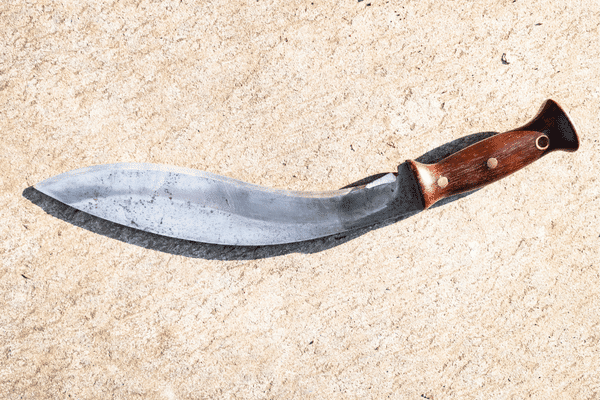Unveiling the Greatsword: Mastery in Two-Handed Longswords.
In the vast repertoire of historic weaponry, the Greatsword stands as a formidable embodiment of power and precision. Also known as a Two-Handed Longsword, this weapon commands attention with its imposing size and versatile design. Join us as we explore the intricacies of the Greatsword, delving into its historical roots, distinctive features, and the artistry behind wielding these majestic longswords.
Evolution of Warfare:
Balanced Design:
Defensive Maneuvers:
Training and Skill Development:
Gaming Realms:
I. Historical Roots of the Greatsword:
Medieval Origins:The roots of the Greatsword trace back to medieval Europe, where knights sought weapons that could deliver devastating blows on the battlefield. Emerging in the late 15th century, the Greatsword became a staple for warriors seeking an edge in both offense and defense.
Evolution of Warfare:
The design of the Greatsword was influenced by the evolution of warfare. As armor became more sophisticated, so did the need for larger, more powerful weapons capable of penetrating defenses. The Greatsword rose to prominence as a response to the changing dynamics of medieval battlefields.
II. Anatomy of the Greatsword:
Two-Handed Mastery:At the core of the Greatsword's design is its requirement for a two-handed grip. This distinctive feature empowers warriors with increased control and the ability to execute powerful and precise strikes. The length of the blade, often exceeding 5 feet, contributes to its reach advantage on the battlefield.
Balanced Design:
Contrary to its imposing size, the Greatsword is known for its balanced design. Crafted with a keen understanding of weight distribution, it allows for agile movements and versatile combat techniques despite its substantial size.
III. Versatility in Combat:
Offensive Power:The Greatsword excels in delivering powerful offensive strikes. Its long blade and two-handed grip enable warriors to generate significant force, making it effective in cleaving through armor and opponents.
Defensive Maneuvers:
While renowned for its offensive capabilities, the Greatsword also proves versatile in defensive maneuvers. The two-handed grip provides stability for parrying and blocking, allowing skilled wielders to navigate the ebb and flow of battle.
Techniques and Stances:
IV. Wielding the Greatsword: Artistry in Combat:
Mastery of the Greatsword involves a nuanced understanding of various techniques and stances. From the overhand chop to the thrusting motion, skilled practitioners seamlessly transition between offensive and defensive postures.
Training and Skill Development:
Wielding a Greatsword requires extensive training and skill development. The artistry lies not only in physical strength but also in the finesse and precision required to unleash the full potential of this two-handed longsword.
V. Greatswords in Popular Culture:
Iconic Representations:Greatswords have left an indelible mark on popular culture. From fantasy epics to historical dramas, these two-handed longswords are often depicted as symbols of heroism and martial prowess, further cementing their legendary status.
Gaming Realms:
In the realm of gaming, Greatswords are iconic weapons in fantasy RPGs. Players often seek these formidable blades for their unparalleled strength and impact, showcasing the enduring fascination with these powerful longswords.
VI. Conclusion:
The Legacy of the Greatsword: In the tapestry of historical weaponry, the Greatsword stands tall, embodying the artistry of medieval craftsmanship and the skill of those who mastered its use. As we unveil the legacy of the Greatsword, we witness not just a weapon but a symbol of an era, where the mastery of two-handed longswords was a testament to a warrior's strength, skill, and strategic prowess on the battlefield. Today, the Greatsword remains a timeless testament to the fusion of art and martial utility, echoing through the corridors of history.

.png)



Comments
Post a Comment